In our rapidly digitizing world, the Internet of Things (IoT) has woven a dense network of connected devices that shape how we live, work, and interact. From smart homes and autonomous vehicles to industrial sensors and healthcare monitors, IoT devices are transforming every sector. However, this convenience and efficiency come at a cost: heightened vulnerability to cyberattacks. The evolving complexity and scale of these threats have made traditional security measures insufficient. Enter Artificial Intelligence (AI)—a game-changer in the cybersecurity landscape.
This blog explores how AI is being integrated into cybersecurity frameworks to protect connected devices, the challenges faced, technological innovations, and the road ahead.
The Rise of the Internet of Things (IoT)
Ubiquity of Connected Devices
The IoT ecosystem includes billions of devices—from wearables and smart refrigerators to complex systems like smart grids and autonomous transport. According to Statista, there will be over 30 billion IoT devices by 2030, each potentially a vulnerability point.
Benefits and Risks
IoT technology brings real-time data collection, automation, and enhanced user experiences. But these devices often lack robust security protocols, making them attractive targets for cybercriminals who exploit weak passwords, outdated firmware, and unencrypted communications.
Traditional Cybersecurity Measures: Why They Fall Short
Static Defenses in a Dynamic Threat Landscape
Firewalls, antivirus software, and manual patch management struggle to keep pace with rapidly evolving threats. These systems rely heavily on known signatures and static rules, rendering them ineffective against zero-day attacks and advanced persistent threats (APTs).
Scalability Challenges
With millions of devices generating continuous data, monitoring and protecting each one manually is unrealistic. Traditional methods cannot scale effectively to meet the demands of the growing IoT environment.
AI in Cybersecurity: An Intelligent Guardian
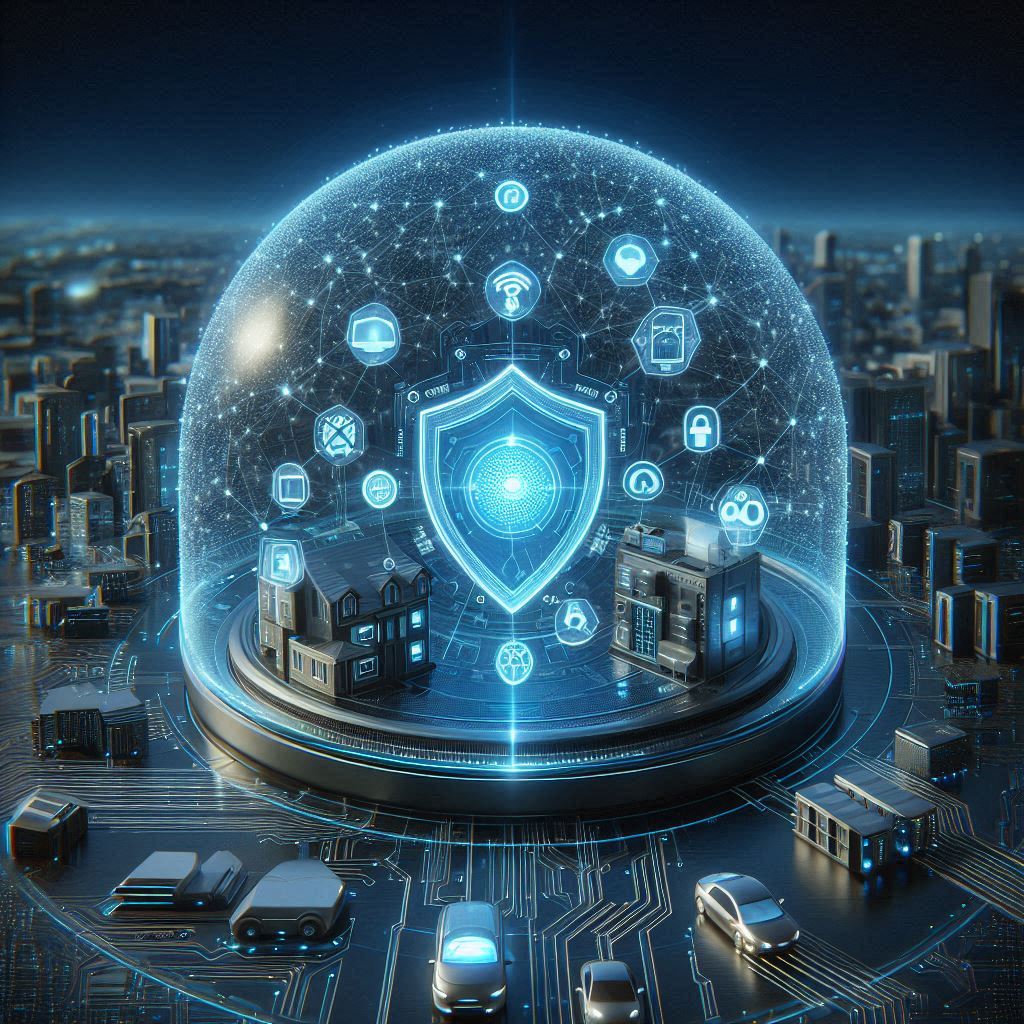
Real-Time Threat Detection and Response
AI algorithms, particularly those leveraging machine learning (ML), can identify anomalous behavior patterns in real time. By analyzing historical data, they can detect deviations that may indicate a cyberattack—even previously unknown threats.
Predictive Analytics
AI enhances proactive security by forecasting potential vulnerabilities before they are exploited. This is achieved through deep learning models trained on vast datasets of known exploits and behaviors.
Automated Incident Response
AI-driven systems can autonomously isolate infected devices, shut down compromised networks, or alert administrators before damage spreads, significantly reducing response time.
AI Applications in Securing IoT Ecosystems
Device Authentication
AI can enhance user and device authentication by employing biometric data and behavioral analytics. Techniques such as facial recognition and usage pattern analysis improve accuracy and reduce unauthorized access.
Network Traffic Monitoring
AI tools monitor network traffic to detect unusual data flow patterns. This helps in spotting distributed denial-of-service (DDoS) attacks, botnet activity, and data exfiltration attempts.
Firmware and Software Integrity Checks
Machine learning can verify firmware integrity by comparing current configurations with baselines, flagging any unauthorized modifications.
Adaptive Security Protocols
AI enables dynamic adaptation to new threats, modifying its defense mechanisms without human intervention. This is particularly vital for devices with minimal computing power and memory.
Challenges and Ethical Considerations
Data Privacy
AI systems require large datasets to function effectively. However, collecting and analyzing user data raises privacy concerns. Ensuring compliance with regulations like GDPR is critical.
Bias and Transparency
AI models can inherit biases present in training data, potentially leading to false positives or discriminatory behavior. Transparent AI and explainable models are essential for trust.
Adversarial AI
Cybercriminals are also leveraging AI to craft more sophisticated attacks. Adversarial AI can manipulate algorithms into making incorrect decisions, posing a serious risk.
Resource Constraints
Deploying AI in resource-constrained IoT devices is challenging due to limited processing power, battery life, and memory. Edge AI and lightweight algorithms are being developed to address this.
Innovations Driving AI-Powered Cybersecurity
Edge AI
Edge AI allows data processing directly on IoT devices, reducing latency and dependence on cloud infrastructure. This is essential for time-sensitive applications like autonomous vehicles.
Federated Learning
This AI model allows decentralized data learning, enhancing privacy. Devices train AI models locally and share only model updates—not raw data—with a central server.
AI-Driven Security Orchestration Platforms
Security orchestration, automation, and response (SOAR) platforms are integrating AI to automate security workflows, reducing the burden on human analysts.
Case Studies and Real-World Applications
Healthcare
AI is safeguarding connected medical devices such as pacemakers and infusion pumps, ensuring patient safety through continuous monitoring and alert systems.
Industrial IoT (IIoT)
In manufacturing, AI detects anomalies in machinery performance that may signal sabotage or malfunction, preventing costly downtime.
Smart Cities
AI protects smart traffic systems, surveillance cameras, and public Wi-Fi from cyber threats, preserving data integrity and public safety.
The Road Ahead: Policy and Future Research
Need for Global Standards
Unified cybersecurity standards and frameworks for IoT are essential to ensure interoperability and consistent protection across devices.
Government Initiatives
Governments worldwide are investing in AI and cybersecurity research. In India, initiatives like the National AI Strategy and Cyber Surakshit Bharat aim to bolster national capabilities.
Academic and Industry Collaboration
Partnerships between academia and industry are vital for driving innovation and educating future cybersecurity professionals.
Conclusion
The convergence of AI and cybersecurity represents a paradigm shift in how we protect the connected world. As IoT devices become more pervasive, the risks grow—but so does our ability to counter them intelligently. While challenges remain, AI provides the tools to not only defend but also anticipate and adapt. With responsible development, regulatory oversight, and global collaboration, AI can be the cornerstone of a secure digital future.



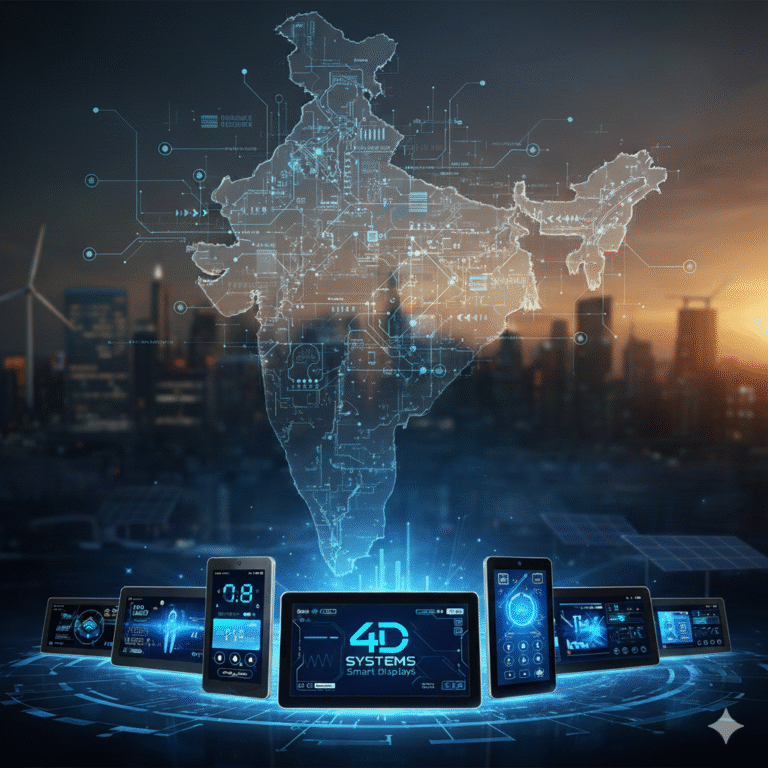
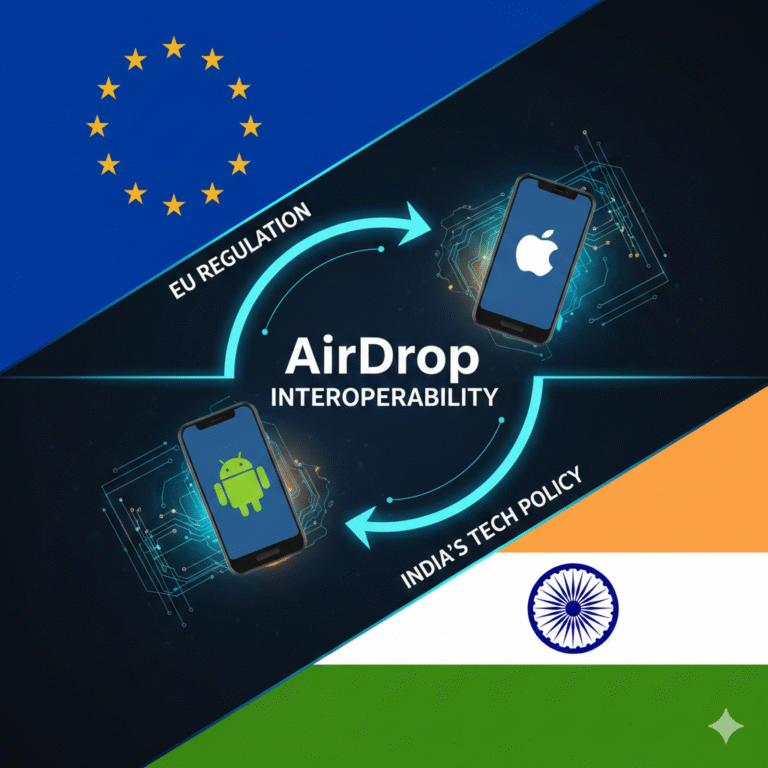

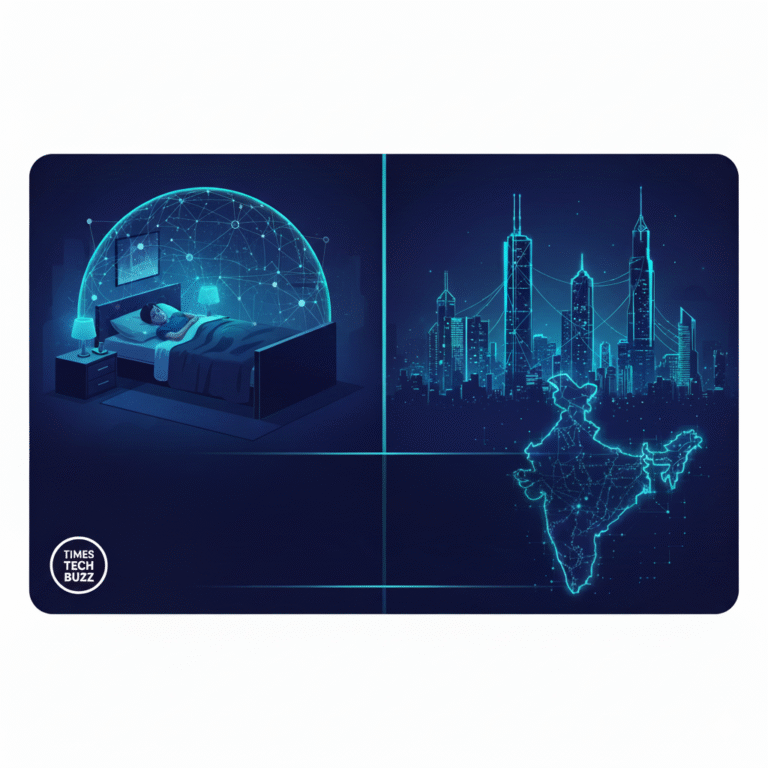

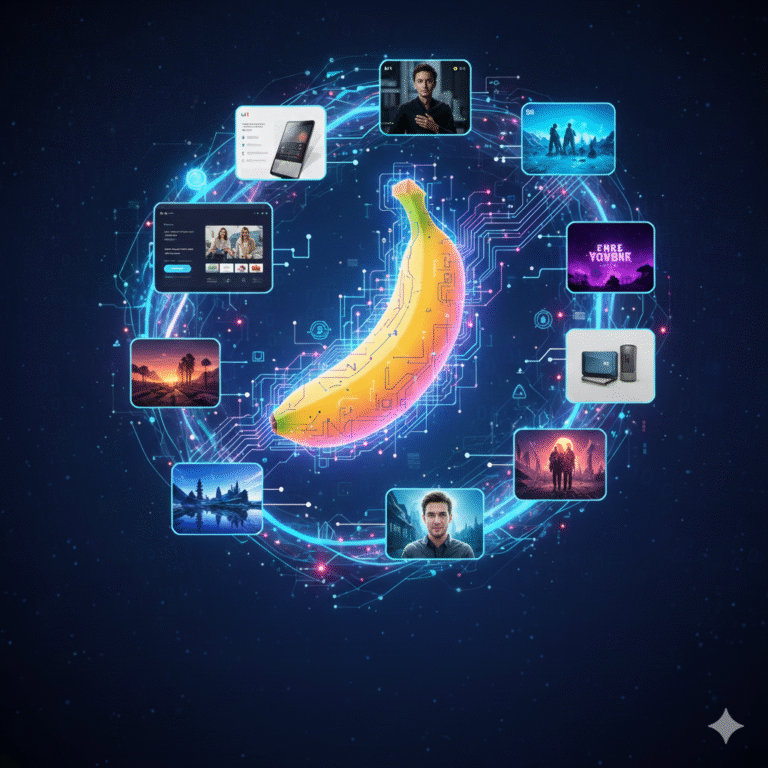
+ There are no comments
Add yours